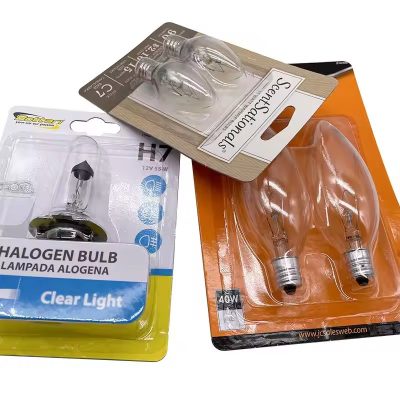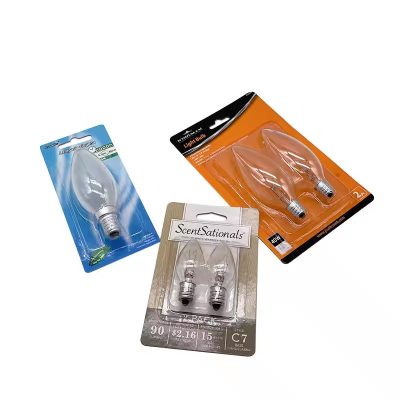Slide blister packaging is a sophisticated and efficient method utilized across industries to encapsulate and present products securely while ensuring easy access for consumers. This article aims to provide a comprehensive overview of slide blister packaging, detailing its features, benefits, design considerations, and diverse applications.
Understanding Slide Blister Packaging
Slide blister packaging is a packaging technique that incorporates a transparent plastic blister with a sliding cardboard sleeve or backing. This innovative design allows consumers to access the product by sliding the sleeve, providing a seamless and controlled opening experience while maintaining product integrity.
Features of Slide Blister Packaging
Slide blister packaging typically consists of two main components:
Blister: The transparent plastic blister securely holds the product, offering visibility while protecting it from external elements such as dust and moisture.
Sliding Sleeve: The cardboard sleeve or backing features a sliding mechanism that allows consumers to access the product without compromising its packaging. Printed with graphics and branding elements, the sleeve enhances product presentation and consumer engagement.
Benefits of Slide Blister Packaging
Slide blister packaging offers several advantages:
Enhanced Security: The sliding sleeve adds an extra layer of security, preventing unauthorized access to the product and reducing the risk of tampering or theft.
Consumer Accessibility: The sliding mechanism provides easy access to the product, allowing consumers to retrieve it effortlessly while maintaining the packaging’s integrity.
Brand Visibility: The cardboard sleeve offers ample space for branding, enabling manufacturers to showcase their logos, slogans, and product features prominently, enhancing brand visibility and recognition.
Product Protection: The transparent blister provides protection against physical damage and contamination, ensuring the product remains in pristine condition until purchase.
Design Considerations
When designing slide blister packaging, manufacturers should consider factors such as:
Sleeve Material: The material used for the sliding sleeve should be durable and flexible to ensure smooth operation and longevity.
Graphics and Printing: High-quality printing and vibrant graphics are essential to attract consumer attention and communicate product information effectively.
Slide Mechanism: The sliding mechanism should be designed for ease of use and durability, ensuring a seamless opening experience for consumers.
Applications of Slide Blister Packaging
Slide blister packaging finds applications in various industries, including:
Electronics: It is commonly used for packaging electronic accessories, such as chargers, cables, and headphones, offering both security and accessibility.
Toys and Games: Slide blister packaging is popular for packaging small toys and games, providing a secure yet interactive packaging solution for children and parents.
Hardware and Tools: It is also utilized for packaging small hardware items and tools, ensuring product visibility and security in retail environments.
Conclusion
In summary, slide blister packaging offers a perfect balance of security and accessibility, making it a preferred choice for packaging a wide range of products across industries. Its innovative design, combined with its benefits of enhanced security, consumer accessibility, and brand visibility, makes it an invaluable packaging solution for brands aiming to elevate their products’ presentation and protection in today’s competitive marketplace. As consumer preferences continue to evolve, slide blister packaging remains a versatile and adaptable packaging solution, catering to the dynamic needs of both manufacturers and consumers.







